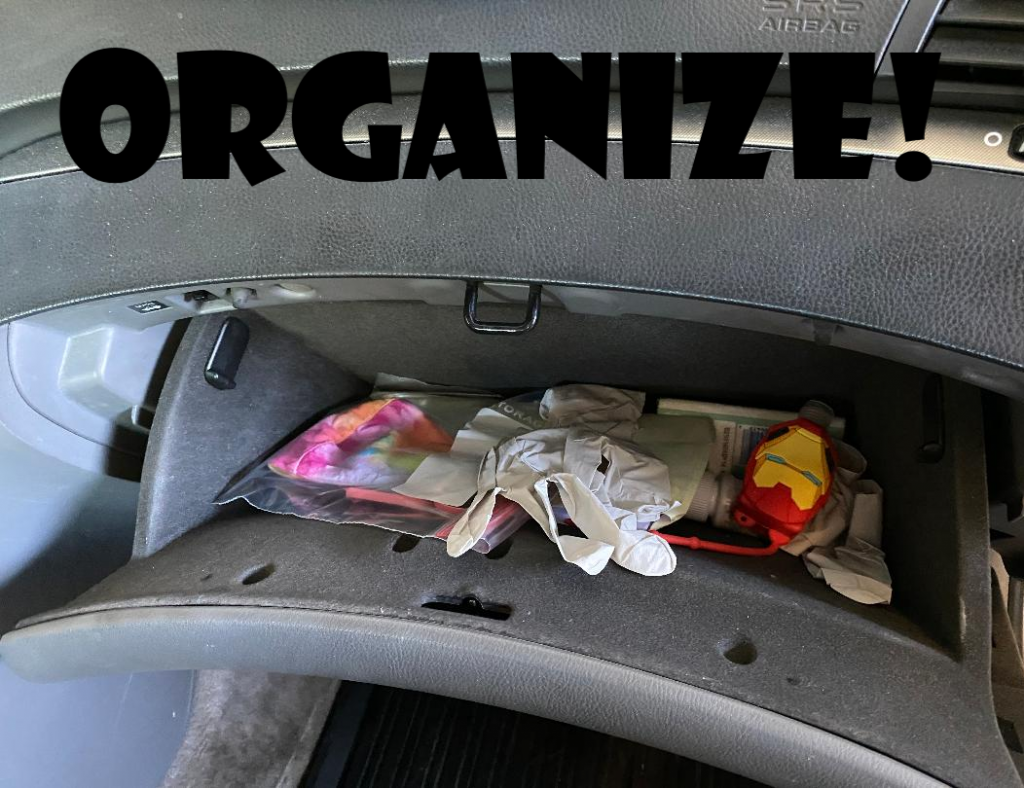
The bus drivers are falling by the wayside. They are disappearing, walking off the job, and leaving behind crazy online posts about how “teachers should drive them.” Readers, I always take the aged 2004 Acura instead of the too-voluminous Toyota Sienna van if I have to drive downtown Chicago. I sense my limits.
Bus driving requires real skill. There’s a reason that US states regulate truckers and bus drivers, requiring regular health checks. Here are a few interesting particulars about bus drivers from “Licenses, Certifications, and Registrations” at Passenger Vehicle Drivers : Occupational Outlook Handbook: : U.S. Bureau of Labor Statistics (bls.gov):
“All bus drivers must have a CDL (Commercial drivers license) … Qualifications vary by state but generally include passing both knowledge and driving tests.
…”All bus drivers must have a passenger (P) endorsement, and school bus drivers must also have a school bus (S) endorsement. Getting the P and S endorsements requires additional knowledge, which is assessed through passing a driving test administered by a certified examiner…
“Federal regulations require interstate bus drivers to pass a physical exam every 2 years and to submit to random drug or alcohol testing. Most states impose similar regulations.”
Driving that bus doesn’t pay well. According to Hourly wage for School Bus Driver | Salary.com, the “average hourly wage for a School Bus Driver in the United States is $17 as of August 27, 2021, but the range typically falls between $14 and $21.” Restaurant and retail places around me don’t pay much less and some pay noticeably more once tips are included.
Near me, the Chicago Public School system has been hit hard by missing drivers. (Bus Driver Shortage Throws Wrench Into Start Of School Year For CPS After 73 Drivers Quit – CBS Chicago (cbslocal.com)) The numbers been climbing, too, and is said to be around 90 absentee drivers now — which is more than 10% 0f the total number of drivers for the district. CPS is offering money to parents to drive their own children. Other districts are doing the same.
Eduhonesty: I’ll skip the impact of vaccination demands except to say that personal evaluations of job risk may include that vaccination, whether accurately assessed or not. Some drivers don’t want to vaccinate. Conversely, some don’t want to be exposed to unvaccinated or unmasked kids. Controlling kids’ mask usage — well, kids who may take an hour to get dressed in the morning can strip off a mask in a millisecond.
The far-reaching question I want to take on today only peripherally relates to vaccinations and masks, however. That question affects much more than busses. We have been feeling the effects of my question since 2019.
Simply, as we look around our 2021 landscape, we should be asking ourselves: Are the rewards of (Whatever-Particular-Job) worth the risks of doing that (Whatever-Particular-Job?) No? That leads to question two: How can we fix this?
THE RISK/REWARD RATIO FOR EVERY JOB ON THIS PLANET CHANGED RECENTLY. This has been traumatic for millions of people. But it’s also an opportunity, as the focus has recently shifted to the need for a higher minimum wage, as well as recognition that essential workers are … well, essential.
Working in public contact jobs has become so much less desirable that restaurants around me are even sometimes randomly closing during regular business hours because they can’t find anyone to work those hours. My Nextdoor app is filled with complaints about restaurant service, along with kinder responses trying to bring uncomfortable new truths home: Management doesn’t have enough people to cover all its tables so tables will sit empty while patrons wait. A waiter who used to cover 7 tables may now be covering 12 tables, and service will naturally falter, especially when the kitchen is short-staffed.
Eduhonesty: I don’t claim to fully understand what is happening in my world, but I do know that retired friends and I discuss sub pay and then buy yeast to make bread instead. I also know the forces of economics push up pay in times of scarcity, at least eventually. (For an interesting read on this topic, see Where Did All the Nurses Go? • Nursing, History, and Health Care • Penn Nursing (upenn.edu) I am afraid that RN shortage may be coming at us again, as COVID fatigue drives increasing resignations.)
I’d like to suggest this may be a time to stand up and stand together. Bus drivers and paraprofessionals are not optional. I expect teacher shortages to boost teacher pay as well. In this time of increased risk for decreased reward — those bus drivers are likely to end up with more kids and more issues with kids than they had the year before. We should expect shortages. We should also understand that there’s power in deteriorating working conditions.
Teachers, bus drivers and others should seize this moment in time. Essential workers? The people holding up our beleaguered school districts have never been more essential. The achievement gap has grown another row of teeth; learning this year has already been deeply impacted by a sad lack of learning during the last year and the year before. That learning loss is hitting the kids hardest who had already fallen behind, too.

There’s no secret pipeline of qualified men and women waiting to step into those bus driving, aide and teaching positions, at least in most geographical locations.
There will never be a better time to seek economic fairness and justice for the workers holding up the US educational system.
